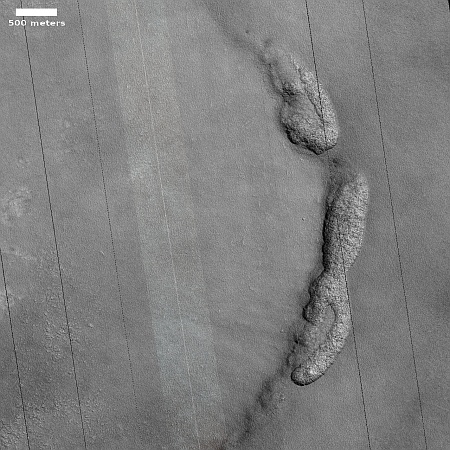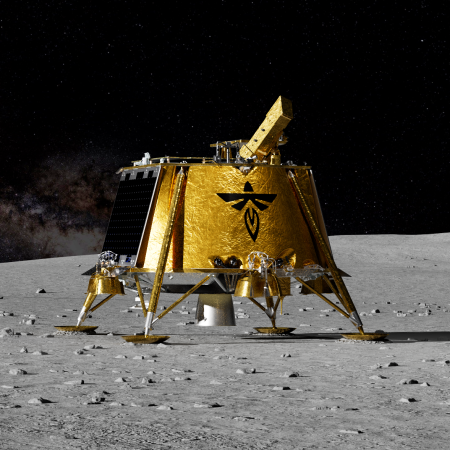The movement to ban smartphones in schools widens

The smart phone: Proven very bad for kids
According to a detailed Washington Examiner story earlier this week, the campaign to ban smartphones in schools is expanding rapidly, with widespread bi-partisan support, backed up by studies and school reports that consistently show significant improvements in student behavior and learning when smart phones are banned.
Eight states have banned cellphone use in schools, with Florida being the first to do so when Gov. Ron DeSantis (R-FL) signed a bill into law in 2023. The legislation in the Sunshine State allows teachers to ban cellphone use during classroom instruction and authorizes them to hold a student’s phone if it becomes a distraction.
Florida was followed by Indiana, Louisiana, Virginia, California, Minnesota, South Carolina, and Ohio in passing similar bans that have either been enacted or will be in the coming year. Each of the states that have passed bans has taken different approaches to implementing the policy.
Fifteen other states have proposed a ban, and an additional eight states are either doing test bans in selected regions or have issued recommendations endorsing bans. That makes for a total if 32 states out of 50 that are working to keep smart phones away from kids when they are in school.
The best aspect of this is the generally bi-partisan nature of the movement. While most of the initial action occurred in red states controlled by conservative politicians, blue states like California and Minnesota have also joined in. A Minnesota middle school for example was an early practitioner of the ban in 2023, finding it not only improved classroom participation, but the entire social atmosphere in the school improved. In California meanwhile Democrat Governor Gavin Newsom signed a law restricting smartphone that takes effect in July 2026. Even Washington, D.C. is debating legislation to institute a school ban.
The sooner the better. Kids don’t need smart phones. All they really need is a dumb phone to call their parents in case of an emergency. And when they are in school this is even less necessary. Spending their time staring at a screen is the worst way to learn to live with other humans, a learning experience that is probably their number one class assignment.

The smart phone: Proven very bad for kids
According to a detailed Washington Examiner story earlier this week, the campaign to ban smartphones in schools is expanding rapidly, with widespread bi-partisan support, backed up by studies and school reports that consistently show significant improvements in student behavior and learning when smart phones are banned.
Eight states have banned cellphone use in schools, with Florida being the first to do so when Gov. Ron DeSantis (R-FL) signed a bill into law in 2023. The legislation in the Sunshine State allows teachers to ban cellphone use during classroom instruction and authorizes them to hold a student’s phone if it becomes a distraction.
Florida was followed by Indiana, Louisiana, Virginia, California, Minnesota, South Carolina, and Ohio in passing similar bans that have either been enacted or will be in the coming year. Each of the states that have passed bans has taken different approaches to implementing the policy.
Fifteen other states have proposed a ban, and an additional eight states are either doing test bans in selected regions or have issued recommendations endorsing bans. That makes for a total if 32 states out of 50 that are working to keep smart phones away from kids when they are in school.
The best aspect of this is the generally bi-partisan nature of the movement. While most of the initial action occurred in red states controlled by conservative politicians, blue states like California and Minnesota have also joined in. A Minnesota middle school for example was an early practitioner of the ban in 2023, finding it not only improved classroom participation, but the entire social atmosphere in the school improved. In California meanwhile Democrat Governor Gavin Newsom signed a law restricting smartphone that takes effect in July 2026. Even Washington, D.C. is debating legislation to institute a school ban.
The sooner the better. Kids don’t need smart phones. All they really need is a dumb phone to call their parents in case of an emergency. And when they are in school this is even less necessary. Spending their time staring at a screen is the worst way to learn to live with other humans, a learning experience that is probably their number one class assignment.










